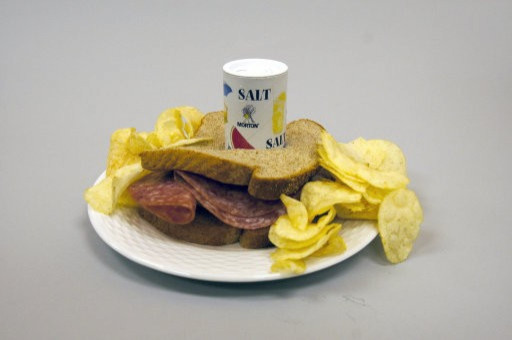A Salty Challenge: Why Americans Should Eat Less Bread and Rolls

According to the report of Centers for Disease Control and Prevention, over 90 percent of Americans are consuming more than the recommended level of sodium. Bread and Rolls are the top sources of salt (sodium chloride) intake.
Potato chips, pretzels, and popcorn - which we think of as the saltiest foods in our diet - are only No. 10, CDC Director Dr. Thomas Frieden was quoted as saying by the Associated Press.
People can choose how much salt to add to their food at the table. They can't take it out once it's there, Frieden added.
The report suggests the major sources of sodium are:
- Breads and rolls
- Cold cuts and cured meats
- Pizza
- Poultry
- Soups
- Sandwiches
- Cheese
- Pasta dishes
- Meat dishes
- Snacks
Sources
Understanding the sources of the sodium in food --like types of food, source of food and brands of food -- can be confusing.
More than 40 percent of sodium comes from the 10 types of foods listed in the ascending order of contribution towards the sodium dominance in the inverted pyramid.
About 65 percent of sodium consumed comes from food bought at retail stores. So check out for lower sodium content. About 25 percent comes from restaurants but it can be hard for anyone to tell how much sodium is in restaurant foods.
Risk
Too much intake of sodium increases a person's risk for high blood pressure. High blood pressure often leads to heart disease and stroke. It's estimated that more than 800,000 people die each year from heart disease, stroke and other vascular diseases, costing the nation $273 billion for health care in 2010.
Challenge
The actual challenge is limiting the salt intake. The U.S. Dietary Guidelines has already recommend limiting sodium to less than 2,300 mg a day and for some even lesser than 1,500 mg per day, since Americans eat on average about 3,300 mg of sodium a day.
© Copyright IBTimes 2024. All rights reserved.





















